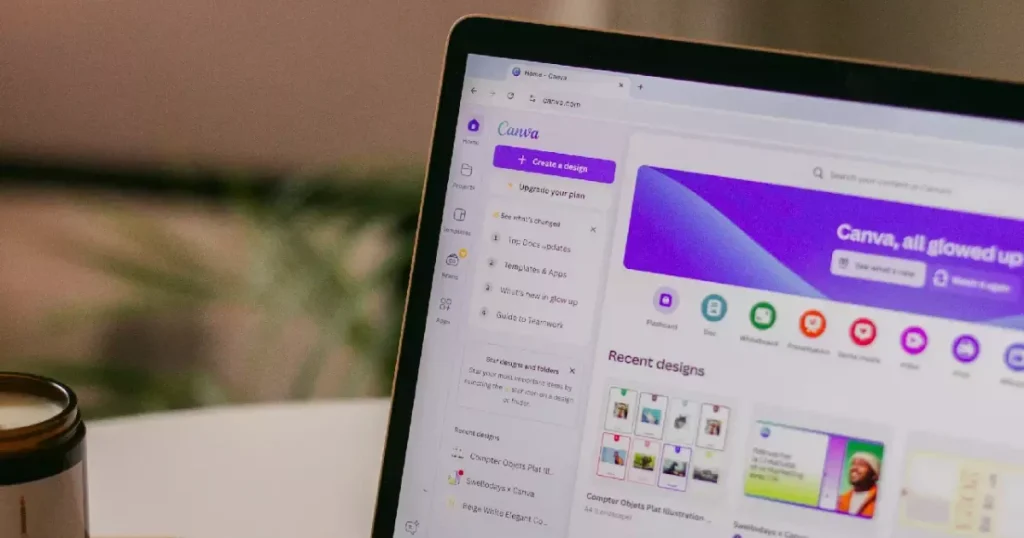Canva Outage Disrupts Creative Workflows Worldwide
On Tuesday, Canva, a popular online graphic design platform, experienced a significant service disruption, leaving users unable to upload or edit images. The outage triggered widespread frustration among its extensive user base, particularly those who rely on the platform for their creative endeavors and professional projects. The disruption underscored the critical role Canva plays in the modern digital landscape, where visual content creation has become increasingly essential for individuals and businesses alike. The incident highlighted the vulnerability of online platforms to technical glitches and the potential repercussions for users when these platforms experience unexpected downtime.
Reports from Downdetector, a website that monitors service outages, indicated a surge in problem reports related to Canva. Over 421 reports specifically mentioned difficulties with image uploads and editing, confirming the widespread nature of the issue. The outage appears to have affected users globally, with complaints originating from various regions. The lack of access to Canva’s image editing and uploading features severely hampered users’ ability to create and modify visual content, impacting their workflows and project deadlines.
The outage fueled a wave of user complaints on social media platforms, particularly X (formerly Twitter). Users expressed their frustration and concerns using the hashtag #canva. Some users, like Sarah Nicole (@miss_flawless4), reported that uploaded images were disappearing. Others, like Zac Miles (@zacmiles), directly appealed to Canva to resolve the image upload problem. The tweets reflected the urgency and reliance users place on Canva for their daily tasks, with some, like Soran (@Sorankurd22), highlighting the impact on client management. The social media outcry demonstrated the immediate and widespread effect of the outage on Canva’s user community.
The incident highlighted the increasing dependence of individuals and businesses on online platforms like Canva for essential functions. Canva’s accessibility and user-friendly interface have made it a preferred tool for creating visually appealing content, from social media graphics to marketing materials and presentations. The outage disrupted these activities, forcing users to seek alternative solutions or postpone their work. The event served as a reminder of the importance of having backup plans and alternative resources in place to mitigate the impact of such unforeseen disruptions.
As a widely used platform with millions of users, the Canva outage caused significant disruption to workflows across various sectors. Freelancers, small businesses, marketing teams, and individuals all rely on Canva for their design needs. The inability to access the platform’s core features hindered their ability to complete projects, meet deadlines, and maintain productivity. The widespread impact of the outage underscored the crucial role Canva plays in supporting creative work and content creation in the digital age.
Despite the widespread user reports and social media activity, Canva had not released an official statement addressing the outage at the time of the initial reports. The lack of communication from the company added to the frustration experienced by users, who were left without information about the cause of the problem or an estimated time for resolution. The silence from Canva left users in a state of uncertainty, hindering their ability to plan their workarounds and manage their expectations about when service would be restored. The situation highlighted the importance of timely and transparent communication from online service providers during outages to maintain user trust and manage expectations effectively.


